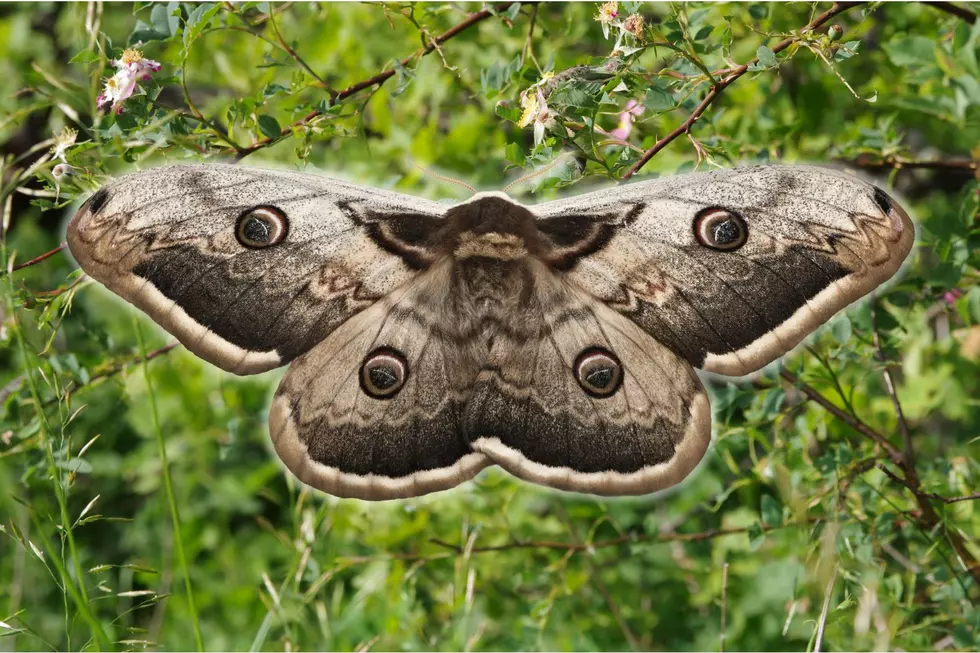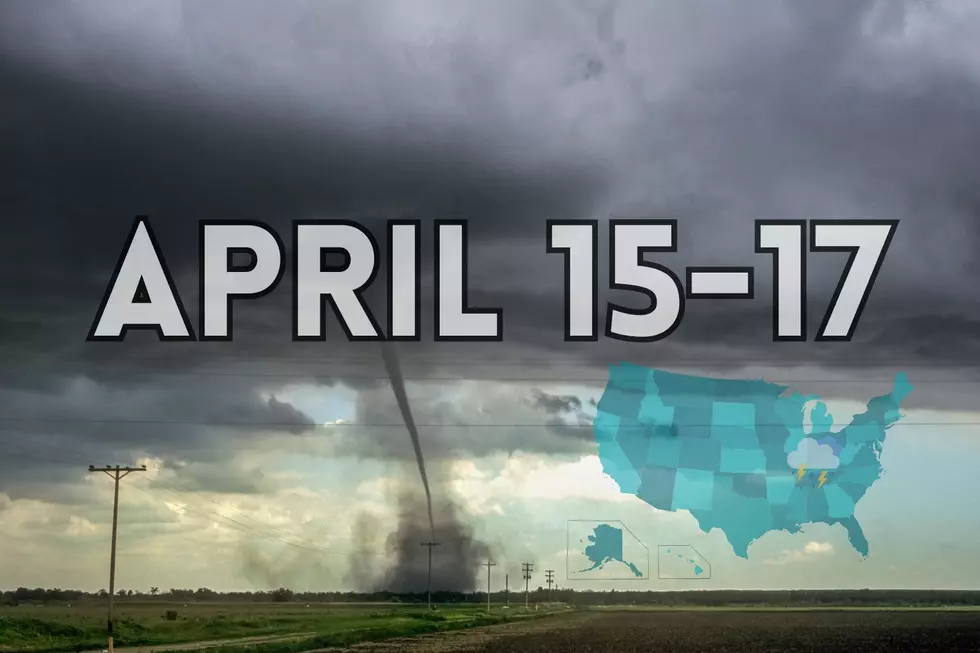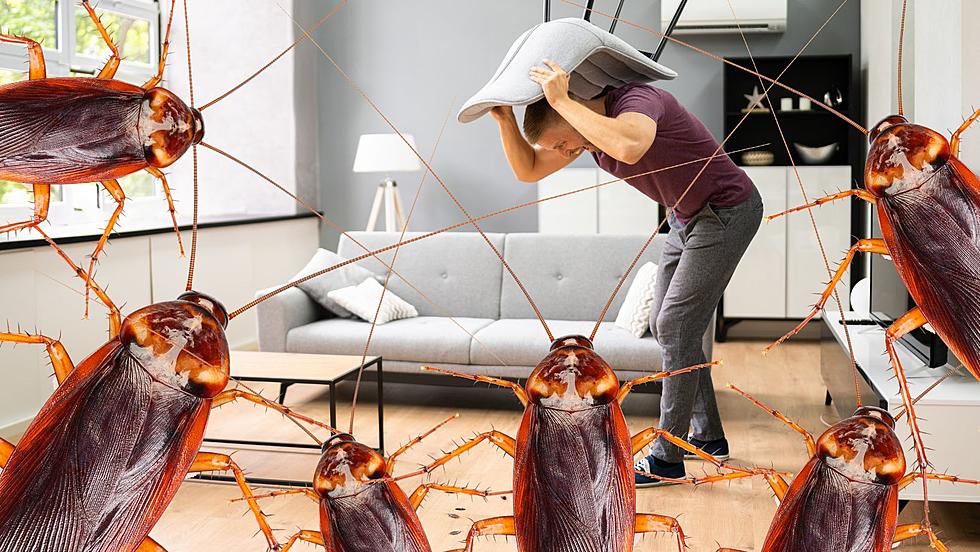
This Little Winged Invader Needs to Be Run Out of Kentucky
Since there are plenty of unpleasant creatures that are NATIVE to Kentucky, we certainly don't want any troublemakers that DON'T belong here.
Asian carp have already proven to be an annual problem; their penchant for harming the ecological balance of Kentucky's waters is not a desirable penchant. The Kentucky Department of Fish & Wildlife Resources is constantly working to round them up.
But what about what's happening OUTSIDE the water?
GYPSY MOTH AKA SPONGY MOTH
If you're not familiar with the "spongy moth," you might be with its former name, the "gypsy moth." I'm guessing the name was changed to better illustrate its appearance. Whatever you may want to call it, it's in Kentucky and needs to go.
Actually, it was an invasive species all across the country until it was introduced to our shores in the latter part of the 19th century, and now, as a nation, we can claim it.
Lucky us.
SPONGY MOTHS ARE BAD NEWS
Spongy moths are nothing we want populating in Kentucky because of all the damage it can do to more than 500 species of trees and shrubs. They are particularly fond of oak trees. Yes, oaks are indeed "mighty," but they've met their match with these troublesome creatures. These moths defoliate trees at such a rate that they eventually deprive other creatures of precious nutrients. They truly do harm Kentucky's natural ecological balance. And it's not like they have a hard time moving from tree to tree, as the caterpillars can glide through the air on thin strands of silk.
And while that doesn't sound like the most expedient way to travel, the University of Kentucky's College of Agriculture, Food, and Environment tells us that spongy moths can lay eggs in wheel wells, making relocation that much easier. They seem to be nothing if not resourceful.
TRAPPING SPONGY MOTHS IS AN ANNUAL TASK
Kentucky Pest News reports that spongy moth traps have already been deployed--like, for example, at Lake Barkley.
I know they're supposed to be orange or green, but maybe the box we saw on a tree at Lake Malone a few months ago WAS one of those traps. (It doesn't LOOK like one, though, does it?)
Anyway, we're asked not to mess with them because they ARE doing good work in keeping these pests at bay.
I have seen a lot of trees that looked like something inexplicably bad happened to them. Maybe it's not so inexplicable anymore.
Kentucky Creepy-Crawlies -- the Beautiful, the Weird, and the Ugly
More From WKDQ-FM









